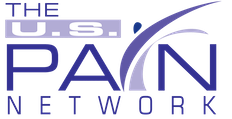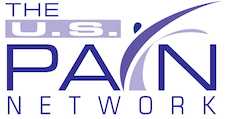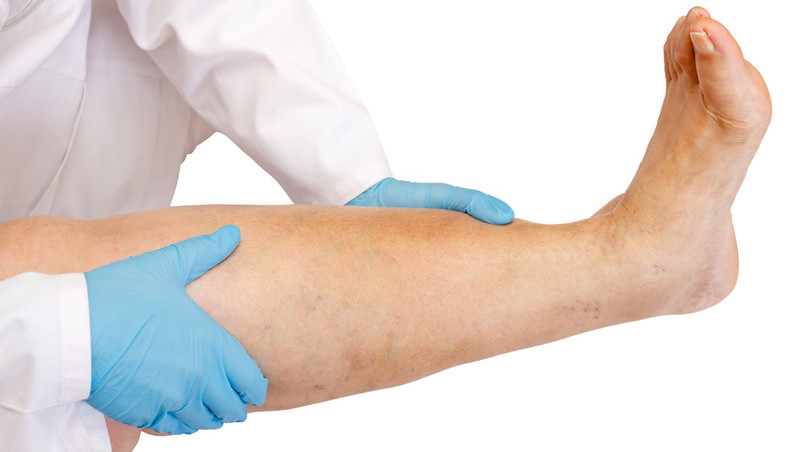Spinal Cord Stimulation for Postherpetic Neuralgia
Postherpetic neuralgia (PHN) is a pain syndrome characterized by severe, intractable pain. PHN occurs after a patient has acute herpes zoster (shingles). The pain associated with PHN is tingling, aching, throbbing, shooting, burning, and/or sharp.
What causes postherpetic neuralgia?
PHN occurs from the constant input of abnormal hyperactive pain signals with intact afferent nociceptors that result in loss of sensory control. This leads to allodynia and hyperalgesia. In addition, there is loss of nerve fibers that generate spontaneous activity, which produces constant pain.
What is spinal cord stimulation (SCS)?
Spinal cord stimulation is a state-of-the-art intervention for treating chronic pain without the need for major surgery of use of medications. This innovative therapy is used for people who have not responded to other treatment. SCS involves implantation of a small, programmable stimulator unit, which is the size of a poker chip. The unit delivers gentle electrical impulses that interfere with pain signal transmission.
What are the components of a spinal cord stimulator?
The neurostimulation system involves a battery-operated stimulator, electrode leads that are positioned near the spinal cord, a remote control device, and wires that connect the stimulator to the leads. This device is programmed to deliver mild electrical energy in complex patterns, which changes the perception of pain into simple, benign tingling.
Who is a candidate for spinal cord stimulation?
The spinal cord stimulator implant procedure is generally considered for patients who have pain that continues in spite of conservative measures, such as injections, medications, and topical agents. If your postherpetic neuralgia pain continues on a chronic basis, the pain management specialist may recommend SCS.
What is involved with the spinal cord stimulator trial?
Before permanently implanting a spinal cord stimulator, the doctor will recommend a trial. This is done in the office setting under gentle sedation by a board-certified anesthesiologist. A small incision is made over the skin of the spine, so the doctor can place the leads in the epidural space. Wires connect the external device to the leads. The patient them goes home and continues with usualy activities for 5-7 days, so he/she can assess the therapy. If pain relief is noted, the surgeon can then implant a permanent unit.
How is the implantable spinal cord stimulator procedure done?
After the skin is prepped, the surgeon must make a small incision over the spine. Additional leads are placed in the epidural space, and/or the previous leads are replaced. An incision must be made in the bottock region or the lower abdomen, so the pulse generator can be placed. Wires run from the stimulator and are threaded under the skin to connect to the spinal cord leads. After testing the unit, the incisions are closed using sutures, and a dry bandage is applied. This procedure is performed using local anesthetics and sedation.
What can I expect after the procedure?
A nurse will monitor your condition for around 30-45 minutes. Once you are alert, and vital signs are stable, you are discharged home. You will be given instructions on how to care for your incisioons. You must keep them clean and dry, and you should avoid soaking in the tub or swimming until the sutures are removed. We recommend you rest for 1-2 days, then gradually return to usual activities. Do not perform rigorous activities for 4-6 weeks.
How effective is spinal cord stimulation for treating postherpetic neuralgia?
In a study involving 28 patients who had long-term pain from PHN, researchers found that SCS had a 82% efficafcy rate. PHN patients treated with SCS confirmed a median decrease in pain from a 9 to a 1 on the visual analog pain scale. SCS was proven safe and effective for the treatment of PHN pain.
Resources
Baek IY, Park JY, Kim HJ, et al. (2011). Spinal Cord Stimulation in the Treatment of Postherpetic Neuralgia in Patients with Chronic Kidney Disease: A Case Series and Review of the Literature. Kor J Pain, 24(3), 154-157. Background
Postherpetic neuralgia (PHN) is usually managed pharmacologically. It is not uncommon for patients with chronic kidney disease (CKD) to suffer from PHN. It is difficult to prescribe a sufficient dose of anticonvulsants for intractable pain because of the decreased glomerular filtration rate. If the neural blockade and pulsed radiofrequency ablation provide only short-term amelioration of pain, spinal cord stimulation (SCS) with a low level of evidence may be used only as a last resort. This study was done to evaluate the efficacy of spinal cord stimulation in the treatment of PHN in patients with CKD.
Methods
PHN patients with CKD who needed hemo-dialysis who received insufficient relief of pain over a VAS of 8 regardless of the neuropathic medications were eligible for SCS trial. The follow-up period was at least 2 years after permanent implantation.
Results
Eleven patients received percutaneous SCS test trial from Jan 2003 to Dec 2007. Four patients had successfully received a permanent SCS implant with their pain being tolerable at a VAS score of less than 3 along with small doses of neuropathic medications.
Conclusions
SCS was helpful in managing tolerable pain levels in some PHN patients with CKD along with tolerable neuropathic medications for over 2 years.
Harke H, Ulrich L, Koester, P, & Rhaman S (2002). Spinal Cord Stimulation in Postherpetic Neuralgia and in Acute Herpes Zoster Pain. Anesthesia and Analgesia, 94, 695-700.



